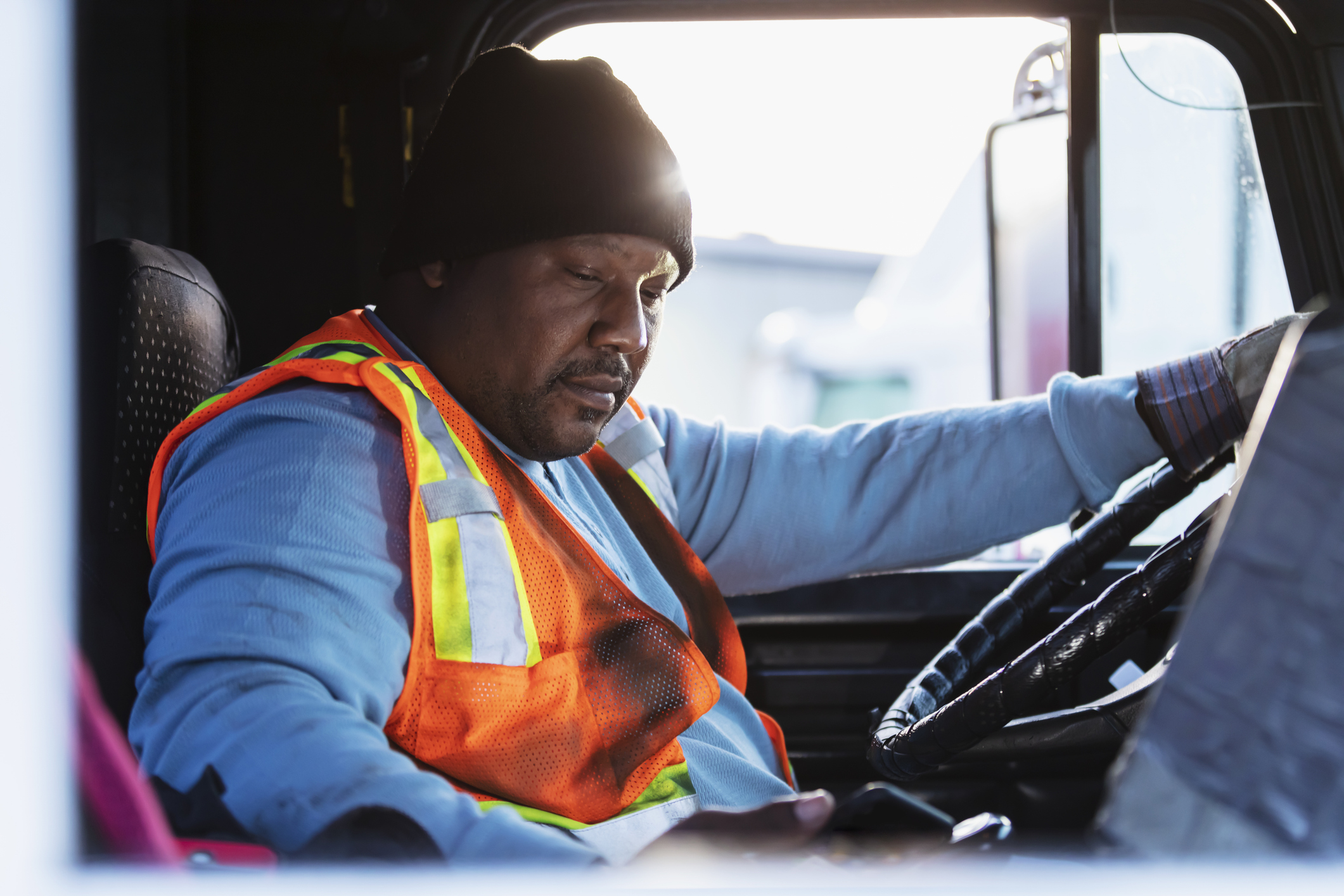Roadrunner Freight, an Illinois-based less-than-truckload fleet, began asking its drivers for anonymous feedback back in April 2019. Since then, the fleet has adopted a “Ship it like you own it” mentality for its independent contractors and overall operations.
“The way we look at it is everybody has a part to hold as we move our customers’ goods across the country,” said Brad Sowa, Director of Driver Recruiting at Roadrunner Freight, during a July 1 WorkHound webinar on driver retention. “Everybody needs to ship it like you bought it. Every single shipment we touch, every customer we interact with, every contract we deal with, we have to feel like we own every single one of those transactions to lead to a better-quality experience for our customers.”
Over the last year, Roadrunner Freight has been undergoing a cultural overhaul, and, in an effort to eliminate driver turnover and increase retention, the fleet brought in the WorkHound team to help develop a feedback culture within the company.
“We have a pretty high rate where people want to reveal themselves, but it’s their choice, and it makes the communication even that much more impactful when we work with them as opposed to being on a defensive front right from the start,” Sowa said. “The unfiltered portion [of the platform] is probably the most important part because it’s great on the positive side when drivers are willing to say their names, times, dates and things like that. It’s also good on the other end where they give us some pretty blunt feedback. We can say well this person is passionate about it and they want us to fix it. That’s what we want, we want passionate people in our business.
“The biggest thing is you want to take it personal, but just personal enough that you can understand it and make a change,” Sowa continued. “You don’t want to take it too personal because that’s when you start to move down that path of taking it too far.”
“When it comes to measuring driver feedback, we know what gets measured gets managed, and we all know that when it comes to driver issues, a straw can break the camel’s back,” Farrell added. “When a driver does decide to reveal their identity, a timer starts. If a driver stays an additional 30 days after that issue is addressed, we count that as a success. At Roadrunner, there have been 328 retention opportunities so far, where nearly 95% of drivers have stayed at least 30 days after their issue was addressed.”
Retaining drivers
Over the past year, Roadrunner has been collecting feedback and tackling issues head on to retain its high-quality drivers. In order to do that, the company had to put in place processes to handle feedback.
Roadrunner began by separating driver feedback into three buckets: immediate, short- and long-term issues. From there, the fleet worked to resolve the problem by determining what needed to be done and recapping weekly.
“By doing that, we keep it fresh, especially for the long-term, because it doesn’t fall of our radar until it’s resolved,” Sowa explained.
Roadrunner has also made several cultural changes companywide over the last year. The fleet has increased its direct communication with its independent contractor fleet by starting a monthly independent contractor newsletter. Roadrunner also improved settlement timing for independent contractors and matched independent contractor fuel purchases to specific trips. The fleet has also improved the cleanliness and organization at its facilities as a result of direct feedback.
Roadrunner has also achieved 93% service in its top 100 lanes over the past six months. Furthermore, the fleet has added more than 100 independent contractors year to date and decreased its rolling one-month turnover rate to 75% from roughly 140% this time last year.
When asked how becoming a feedback culture has impacted Roadrunner’s routine, Sowa said: “We’re quick to act.”
“If we have information from an independent contractor, from an employee, from a vendor or a customer, there are direct channels now for them to follow,” Sowa said. “When you talk about adding 100 independent contractors, that’s actually the net number, so that’s after turnover. We’ve drastically increased our fleet size.
“For us, to recognize where we want to go culturally, we have to understand where we are coming from, and we are not afraid to show it,” he continued. “No matter how unflattering that [turnover] statistic may be, it shows the progression. You can’t get to where you’re going if you don’t know where you’ve been, and we clearly know where we have been, and we refuse to go back there. That’s what I think this commitment shows.”
For more information about the communication strategy helping Roadrunner Freight execute a companywide culture overhaul, talk with a WorkHound expert.



